The function of an altimeter is simple: It measures the altitude of an object above any fixed level, with sea level being the most common point of reference. It is used in a number of activities, from extreme sports like skydiving, to ground-based activities like hiking, climbing, and skiing, but its most prominent usage has always been tied to flight.
As many watch enthusiasts are aware, the history of aviation and horology have long been linked through the necessity of a pilot needing to know the time immediately while in the air. Through this, the pilot’s watch has developed over the decades to become the recognizable icon it is today. The flieger triangle at 12 o’clock, the oversized case and crown, and the development of lume have all been tied to catering to a pilot’s needs while in flight so it was only a matter of time before watch brands embraced the altimeter. In this visit to the WatchTime Archives, we look at five brands that have done just that in recent years.
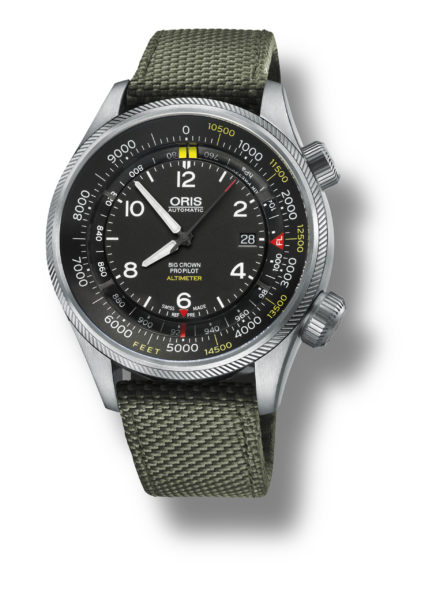
In 2014, Oris tapped its flight heritage to release the Big Crown ProPilot Altimeter. The watch has two crowns: the crown at 2 o’clock adjusts time and date, while the crown at 4 o’clock operates the altimeter. To activate the altimeter, you must unscrew the second crown into position one, indicated by a red ring. At position 2, the altimeter can be set. Once this is completed, the watch illustrates the altitude through the yellow indicator and the air pressure via the red indicator. The altitude scale is read through the outer dial ring and can measure the altitude up to 15,000 feet. The air pressure scale is located between the altimeter scale and the central dial. The 47-mm watch uses the Oris Caliber 733, which is a modified Sellita SW200 movement. The watch costs $3,800 on a textile strap and $4,100 on a bracelet.
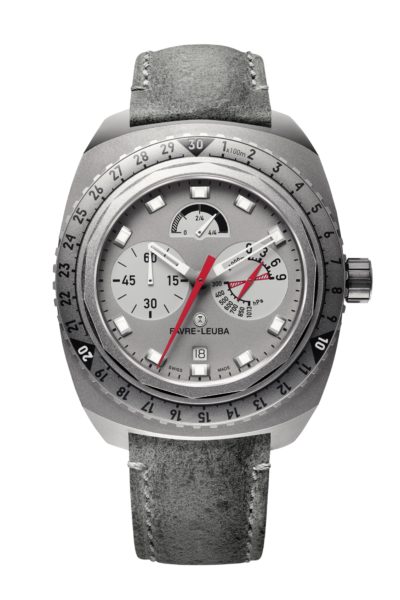
In 2017, Favre-Leuba marked its 280th anniversary with the Bivouac 9000, a mechanical watch that boasts the capability of measuring altitudes up to 9,000 meters (29,527 feet) above sea level. This isn’t exactly new territory for Favre-Leuba, as the Bivouac 9000 is the direct descendant of a 1962 wristwatch the brand released that was the first timepiece that could measure the altitude up to 3,000 meters. The 48-mm titanium case houses an aneroid barometer, which allows the watch to indicate the elevation at a given point by reacting to the changing air pressure surrounding it. The central red altimeter hand indicates altitude gain in 50-meter steps and goes up to 3,000 meters in one rotation. Once the watch has completed three such rotations, you know that you’ve reached an altitude of 9,000 meters The price is CHF 7,500, or approximately $8,000.
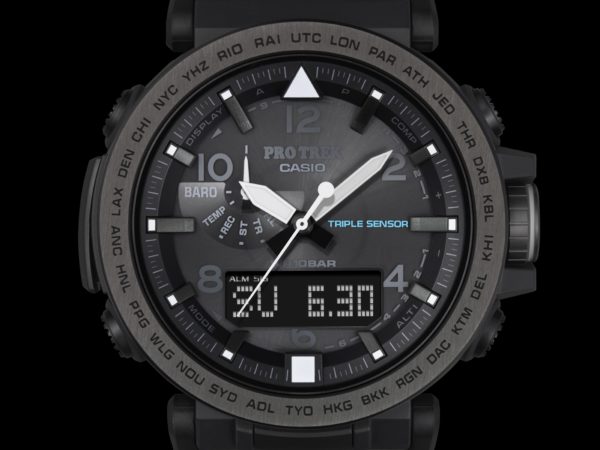
Casio is a popular choice for many daredevils that want extreme functionality without compromising on good looks. Last September, the Japanese brand expanded its Pro-Trek collection to add the PRG650Y-1 and PRG650YBE-3, two new timepieces that include a magnetic sensor for compass readings, a pressure sensor that functions as an altimeter and a thermosensor for temperature. The two analog-digital watches also have stopwatch capabilities, up to five daily alarms, water resistance up to 100 m, a worldtimer, and a countdown timer. This kind of souped-up gadgetry is what Casio is best known for and it doesn’t disappoint here. Both watches are powered by Casio’s Tough Solar Power technology that eliminates the need to change a battery. It’s worth noting that every watch in Casio’s Pro-Trek series includes an altimeter. The PRG650Y-1 is available for $320 and the PRG650YBE-3 for $340.
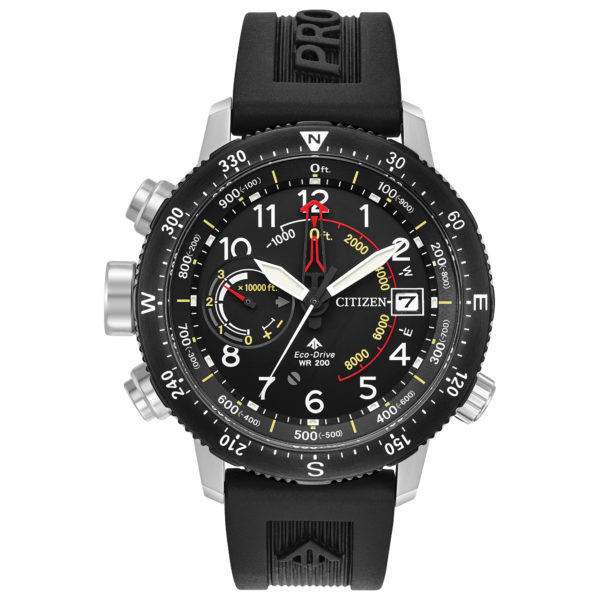
Citizen’s main focus in 2017 was on ultra-rugged watches that spare no expense. Along with a diving watch that can reach a depth of 1,000 m, the Japanese brand introduced the Promaster Altichron which has an altimeter that reaches up to 32,000 feet. Citizen chose to display the time and functions in analog rather than digital form to simplify the information available. The various functions include the altimeter, a compass, a power reserve, and a date window. Like all Eco-Drive watches, the Promaster Altichron is powered by light and it has a rate of plus or minus 15 seconds per month. You can find it for $550.
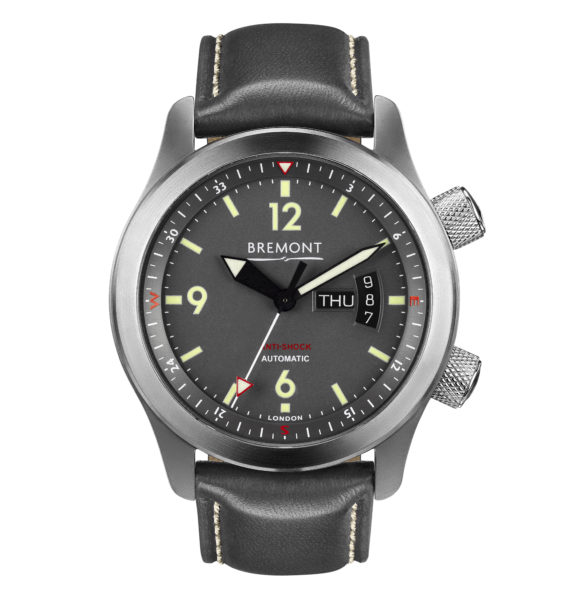
It’s no secret that Nick and Giles English, the British founders of Bremont, are quite fond of flying. At Baselworld 2015, the young brand unveiled the U-22, which contained a date window inspired by an altimeter. Yes, this technically doesn’t have a functioning altimeter but it’s a great looking watch that has been flight tested by the brand up to 100,000 feet for over 12 hours in the air and to temperatures as low as -50 degrees. The watch also features a bi-directional rotating bezel that has been altered to form a compass quadrant, often used in weather mapping. The Bremont U-22 uses the COSC-certified caliber 12 ¼ BE-36AE and has a 38-hour power reserve. It costs $5,195.



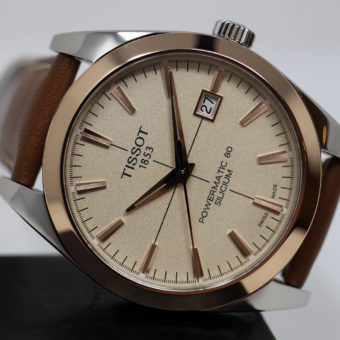
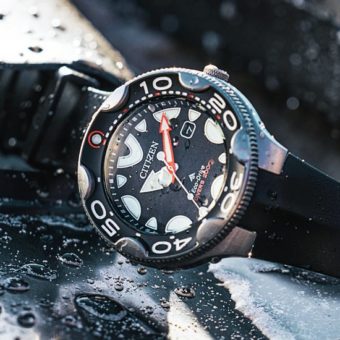
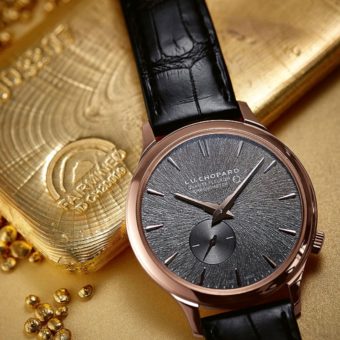

Why do you include the U-22 among “Five Watches with Altimeters” when it doesn’t have one ?
Just purchased the Citizen Promaster Altichron pictured. I chose this watch to use during my off-road exploring adventures. It’s rugged, classic looking and affordable. I found it for $200 below MSRP, so felt it was a good purchase.
Favre-Lueba never disappoints with its sporty and original designs. It’s really shocking to see just how old this company is.
Where’s Tissot T Touch, a pioneer of the area?
Credibility is hard to win and very easily lost. How easily? Imagine you publish an article titled “Flying High: Five Watches with Altimeters”, and you puposedly include one watch without an altimeter, when there are several others not included on the list. What a shame.
I like citizen more.
Great piece Logan, I think Tissot also had an offering with the altimeter function when they released their T Touch models.
Lovely watches…..
I would like to add that it’s strange the author(s) didn’t mention any of Casio’s better watches that include altimeters (the Rangeman GPS for example)
Including the Bremont in the list was pushing too much and looked like pure paid merchandising. I wonder why on Earth Citizen decided to use feet instead of meters which is the more rational measure. If they preferred to please those using this stupid alternative of measurement, they should follow Oris and offer the alternative in meters as not all the world like to work based on ft.
Because the people who use “this stupid alternative of measurement” are richer, smarter, and more important than those who don’t.
They offer it in both meters and feet. I live in the US, so chose ft.
The real winner is Favre-Leuba by far. Nit only have they invented the wristwatch with an altimeter in 1962, but pushed the boundaries with the new Bivouac 9000 to a new level.
How ridiculous to include a watch without an altimeter in a list of five “watches with altimeters.” because the owners like flying! The pressure change to the applauded 100,000 ft is minimal, one atmosphere, equivalent to diving 10m under the sea. Why not list Tissot instead who have a range of affordable watches with altimeters.
Agree 100%
Tissot T-Touch Expert Titanium deserves to be in this lineup
True, it is only one atmosphere, but hypobaric and hyperbaric pressure changes are different beasts – and plenty of watches haven’t coped especially well with high altitudes. (But I agree it is an odd inclusion…)
Pushing Bremont at all cost. And that fancy looking caliber is most probably ETA2836.
Good article but I am sorry to say that including the Bremont in the article was weird, to say the very least. Going back to the topic, I have one of the 1414 pieces of the Oris Big Crown ProPilot Altimeter Rega Special Edition and I find the watch absolutely great. Its is not for small wrists ( 47mm) but it is a fantastic time piece that gives me great pleasure wearing when I go hiking or trekking in the mountains. The canvas strap with leather inside is not so convenient if the leather gets wet. Also, it is also no easy to buy replacement strap as it is a very specific type of strap that you have to order from Oris and then patiently wait for its arrival. Being a special edition with a different color, I could not manage buy it with metal bracelet which, in my opinion, is always a good choice as the metal lasts much longer than leather or canvas and if it gets wet, you just have to wipe it with a cloth and it is ready to use again.